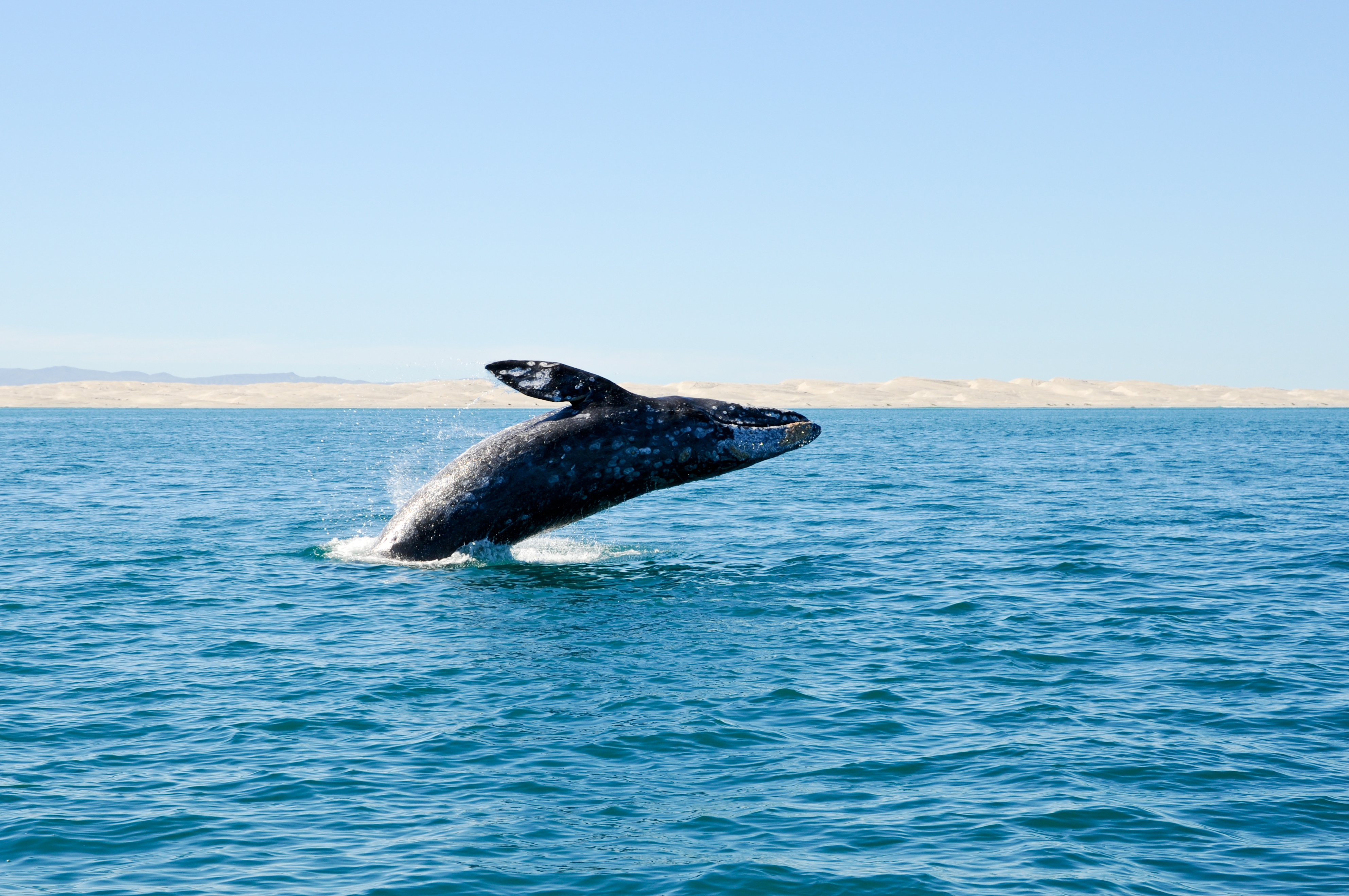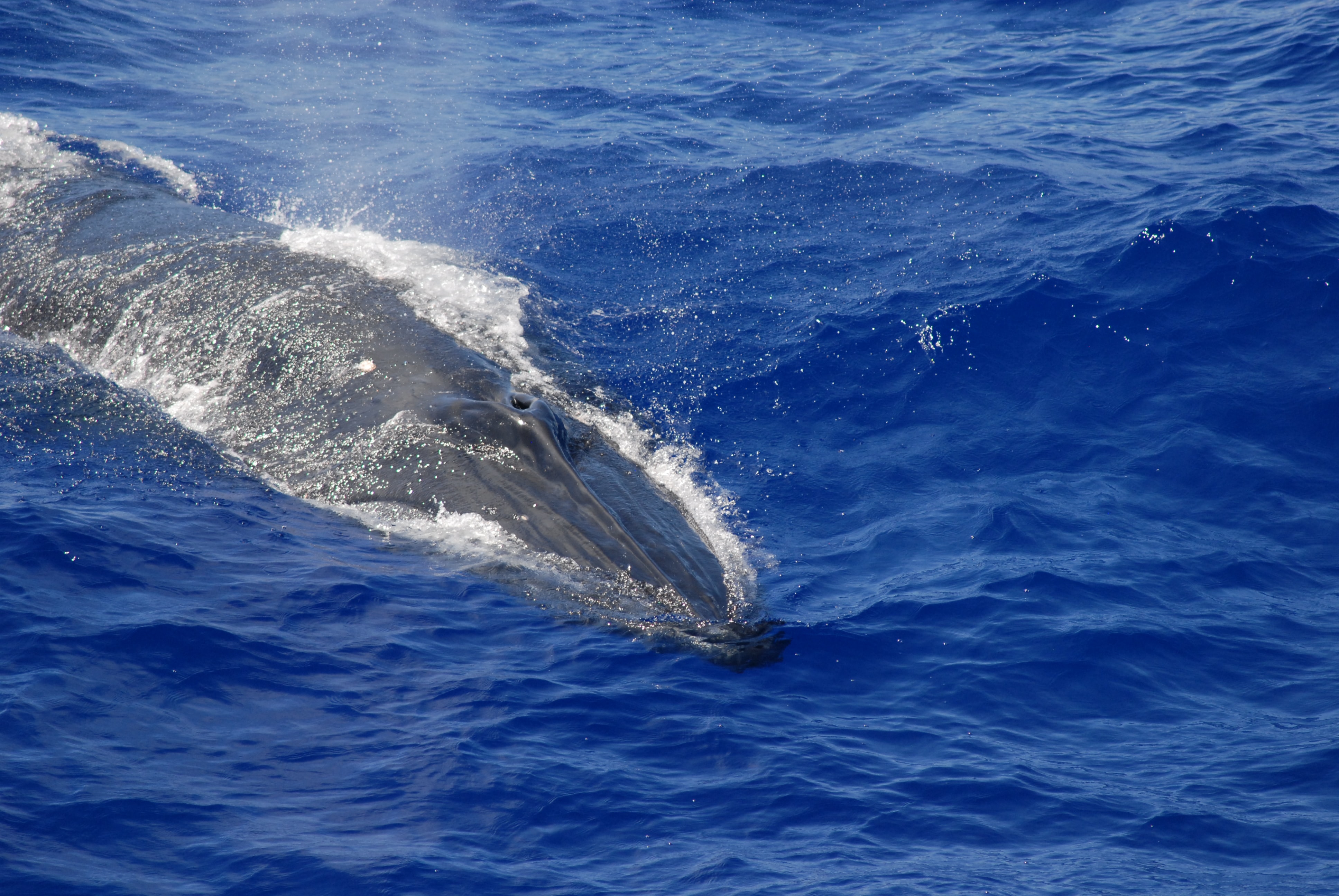The Challenge: Busy Shipping Lanes and Endangered Whales
The international shipping lanes in the Santa Barbara Channel lead to one of the busiest port complexes in the world. In an increasingly crowded ocean, the UC Santa Barbara Bren School of Environmental Science & Management supports critical partnerships that allow ships and whales to coexist. “About 80 endangered blue, fin, and humpback whales are killed along the U.S. West Coast every year, but only 5-17% of strikes are detected, so in reality, the number is likely much higher. That’s where Whale Safe and the Vessel Speed Reduction Program come in,” said Callie Steffen (MESM ’20), project scientist at UC Santa Barbara’s Benioff Ocean Initiative.
The Solution
Development of the Vessel Speed Reduction (VSR) Program
Sean Hastings, a Bren Lecturer and a policy and information management officer at the Sanctuary, and his Bren students had the idea of creating a “whale-credit trading program.” In 2014, the Channel Islands National Marine Sanctuary and the Santa Barbara County and Ventura County Air Pollution Control Districts (APCD) developed an incentive-based Vessel Speed Reduction (VSR) program. Several Bren School Master’s Group Project students continue to refine the VSR program.
The program has a voluntary 10-knot speed limit for all large ships transiting through the important whale habitat in and around the Sanctuary. Research has shown that speed limits, when followed, appear to reduce the number of fatal collisions by 80-90%.
- Voluntary Speed Limit: Encouraging ships to maintain a 10-knot limit
- Collaborative Effort: Involvement of various stakeholders for effective implementation
Launching Whale Safe to Provide Real Time Data
Building off that early success to further address the growing problem of whale strikes, the Benioff Ocean Initiative and partners launched Whale Safe in 2020. Whale Safe is a technology-based mapping and analysis tool that collects and displays near real-time whale and ship data to help prevent fatal collisions. It integrates acoustic and visual whale detections with model predictions to provide mariners with the latest information on whale presence. Whale Safe also uses Automatic Identification System data to track ship speeds and calculate cooperation rates with voluntary speed limits that have been in place in the channel for over a decade thanks to the Bren School and partners.
- Real-Time Data Integration: Combining acoustic, visual, and predictive whale presence information
- Ship Monitoring and Reporting: Utilizing Automatic Identification System data for compliance tracking

